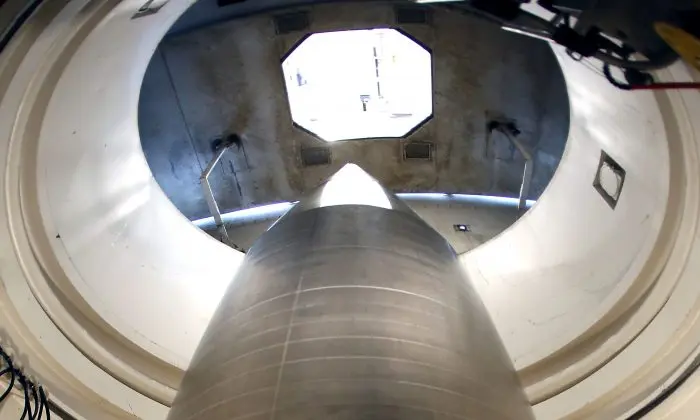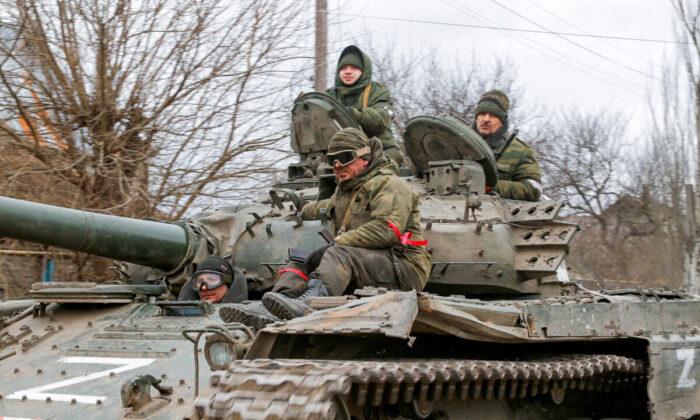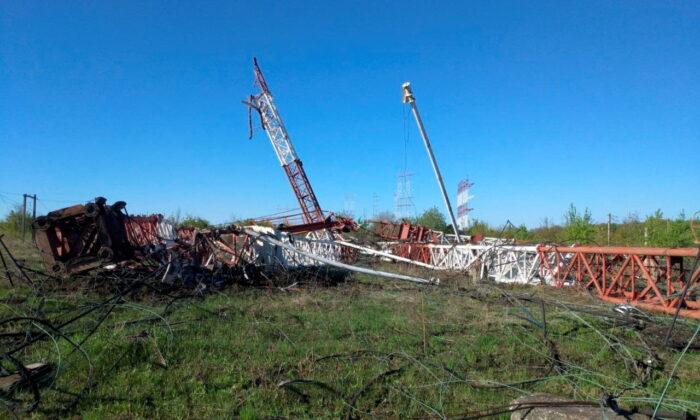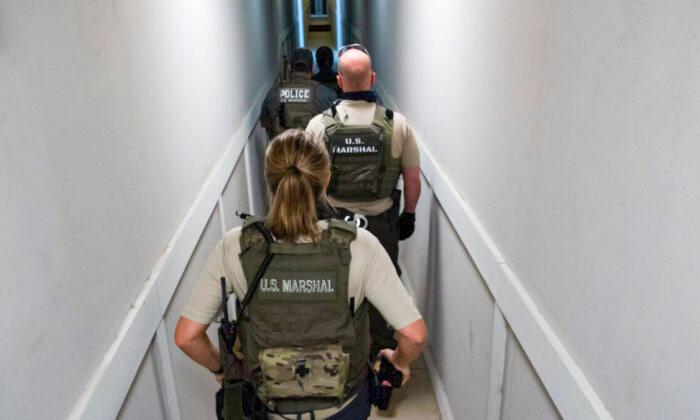As part of a developmental test, the Minuteman 3 was fitted with a test re-entry vehicle and launched at 12:33 a.m. Wednesday from Vandenberg Air Force Base, California.
The re-entry vehicle traveled 4,200 miles (6,759 kilometers) to the Kwajalein Atoll in the Marshall Islands, the command said.
“Most importantly, this visible indicator of our national security capabilities serves to assure our partners and dissuade potential aggressors.”
The command said test launches “are not a response or reaction to world events or regional tensions,” but rather to verify the accuracy and reliability of the ICBM weapon system.
It gathers “valuable data to ensure a continued safe, secure, and effective nuclear deterrent,” the command said in the news release.
Developmental tests use a spare missile from storage to validate flight worthiness of new or replacement components. That differs from test launches that use randomly selected operational missiles.
The Air Force Global Strike Command said this week’s test was the second of four test launches scheduled over the next several years that will “…validate replacement components that will ensure continued Minuteman III viability.
The first developmental test launch of the Minuteman 3 was on Feb. 1, 2019, it said.
The United States tests its ICBM fleet of Air Force Minuteman III’s and Navy sub-launched Trident II missiles regularly. Its launch calendars are developed three to five years in advance, and planning for individual launches takes six months to a year.
Airmen conducted the launch from the 341st Missile Wing at Malmstrom Air Force Base, Montana, the 90th Missile Wing at F.E. Warren Air Force Base, Wyoming, and the 91st Missile Wing at Minot Air Force Base, North Dakota.
Vandenberg’s 30th Space Wing, now a part of the new U.S. Space Force, provided support.
“It’s been an incredible opportunity for the combined task force of combat crew and maintenance members from F.E. Warren, Minot and Malmstrom AFB to partner with the professionals from the 576th Flight Test Squadron and 30th Space Wing,” Maj. Christopher Crommie, the task force commander, said in a statement.
“I am extremely proud of the team’s hard work, professionalism, and dedication to accomplish a unique and important mission to prepare the ICBM for test and monitor the sortie up until test execution. The attention given to every task accomplished here reflects the precision and professionalism they—and our fellow Airmen up north—bring every day to ensure the success of our mission out in the missile fields,” he said.






Friends Read Free